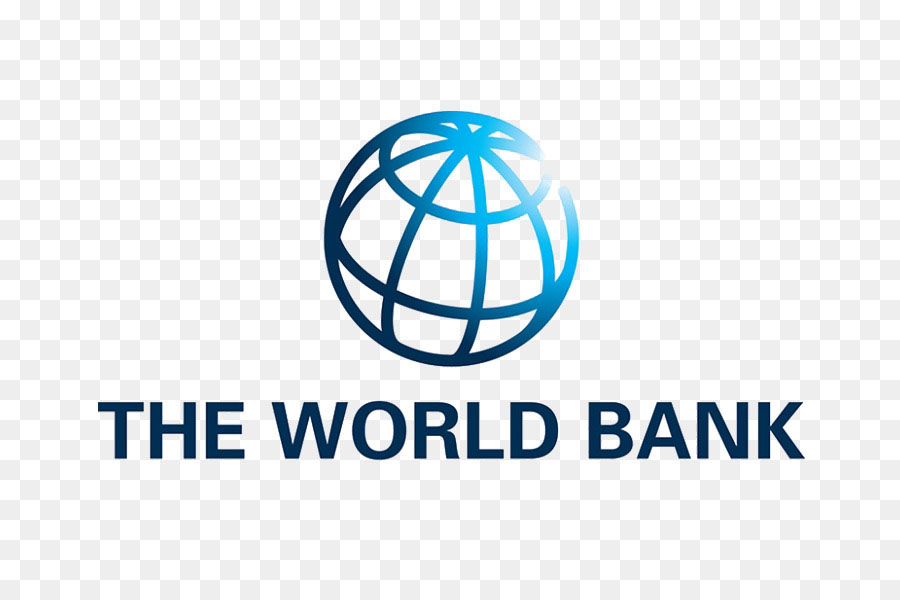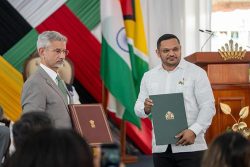-sluices to be repaired or replaced
The World Bank has approved a US$45m project to help Guyana adapt to climate change and reduce flood risk on its coast and over 45 drainage assets are to be repaired or replaced.
Financed by Norwegian grant money, the initiative is set to benefit around 320,000 people, approximately 40 percent of the country’s population, including the most vulnerable, according to a release yesterday from the World Bank.
It noted that Guyana is among the countries most vulnerable to climate change.
“Studies have shown that rising sea levels, among the highest in the world, expose 100 percent of the country’s coastal agriculture and 66.4 percent of its coastal urban areas to flooding and erosion, with potential GDP losses that could exceed 46.4 percent”, the World Bank said.
The release pointed out that Guyana’s coastal drainage system comprises an intricate network of canals, culverts, sluices, and pumps.
“Over time, its operational capacities have declined due to insufficient investments in maintenance and growing flood risk arising from urbanization and the impacts of climate change. Following the 2005 floods, the government re-emphasized the importance of flood risk management and increased the National Drainage and Irrigation Authority’s budget”, the release said.
The new Coastal Adaptation and Resilience Project will add to existing efforts to enhance flood risk management in Guyana. The project will repair or replace more than 45 drainage infrastructure assets, focusing on sluices. Investments will take into consideration projected land uses, population growth, urbanization, and climate change impacts to enhance drainage for efficient rainfall runoff discharge, improve flood protection and bolster irrigation services.
“This initiative builds on a long-standing engagement between the World Bank and Guyana on strengthening resilience to flooding and natural hazards. With this operation, we are reinforcing Guyana’s efforts to maximize disaster risk management while protecting lives and reducing inequalities in the long term,” said Diletta Doretti, World Bank Group Resident Representative for Guyana and Suriname. “This project is also a critical component of Guyana’s Low-Carbon Development Strategy, aligning with the country’s broader vision for climate resilient growth,” she added.
The project will work closely with Guyana’s Ministry of Agriculture to help it effectively manage and operate the drainage system.
“It will upgrade the National Drainage and Irrigation Authority’s asset management system, develop technical standards for flood risk management in urban areas, and provide training to enhance personnel capacity for system operation and maintenance”, the release said.
The project is a US$45 million grant, financed by the Guyana REDD+ Investment Fund (GRIF), which was set up and funded by Norway. Under the agreement, Norway compensates Guyana for curbing greenhouse gas emissions caused by deforestation and forest degradation. Guyana applies these payments to its low-carbon development strategy. The Coastal Adaptation and Resilience Project is part of these efforts.
On December 23, 2019, the then APNU+AFC government confirmed that the Kingdom of Norway had released $9.1 billion to the World Bank-run GRIF, thereby completing its final payment under a landmark forest protection deal between the two countries.
The Ministry of the Presidency said Dr Marlon Bristol, Head of its Project Management Office, confirmed the release of 393.4 million Norwegian Kroner (US$43.9 million) to the GRIF for disbursement for approved projects.
Under a 2009 deal, Norway agreed to pay up to US$250 million over five years for Guyana’s performance on limiting greenhouse gas emissions from deforestation and forest degradation, and for progress made against governance-related indicators.





